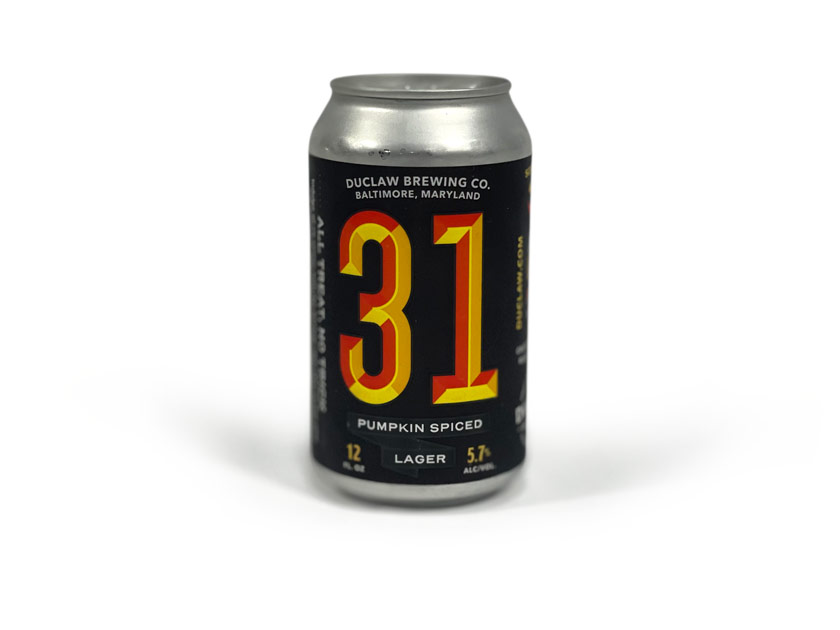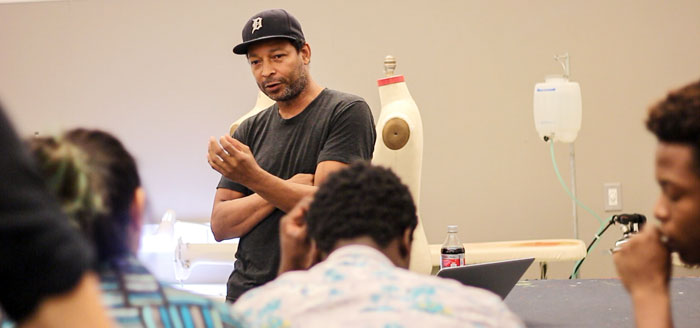
DuClaw 31 Pumpkin Spice Lager is a seasonal beer that was first brewed in 2008 as a one-time release for Halloween. Dark amber in color, I found it to be tasty, with a slightly bitter finish.
It is nicely spiced, thanks to the addition of pumpkin and spices like cinnamon, nutmeg, and cloves. It smells strongly of pumpkin and feels creamy in the mouth, both of which add to the overall taste experience. It strikes a nice balance between sweetness and spiciness, with neither overpowering the other. Bottom line: I found it to be a smooth, easy-drinking pumpkin beer.
- Pumpkin Spiced Lager
- ABV: 5.7%
- 27 IBUs
- Seasonal
- Available in 12-oz Cans and Draft
- Baltimore Maryland-based Craft Brewery

















